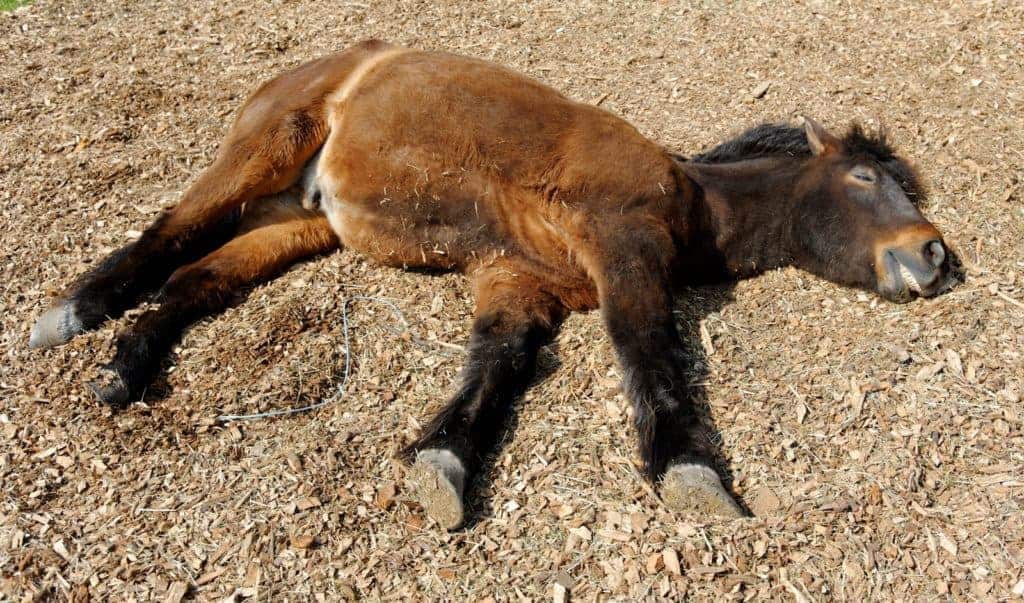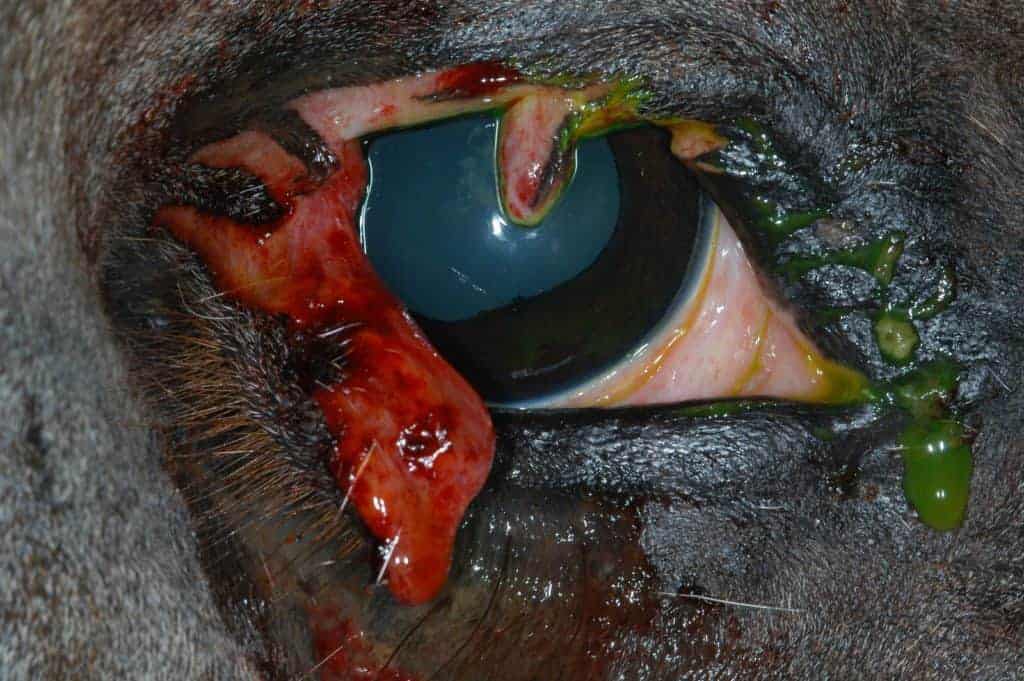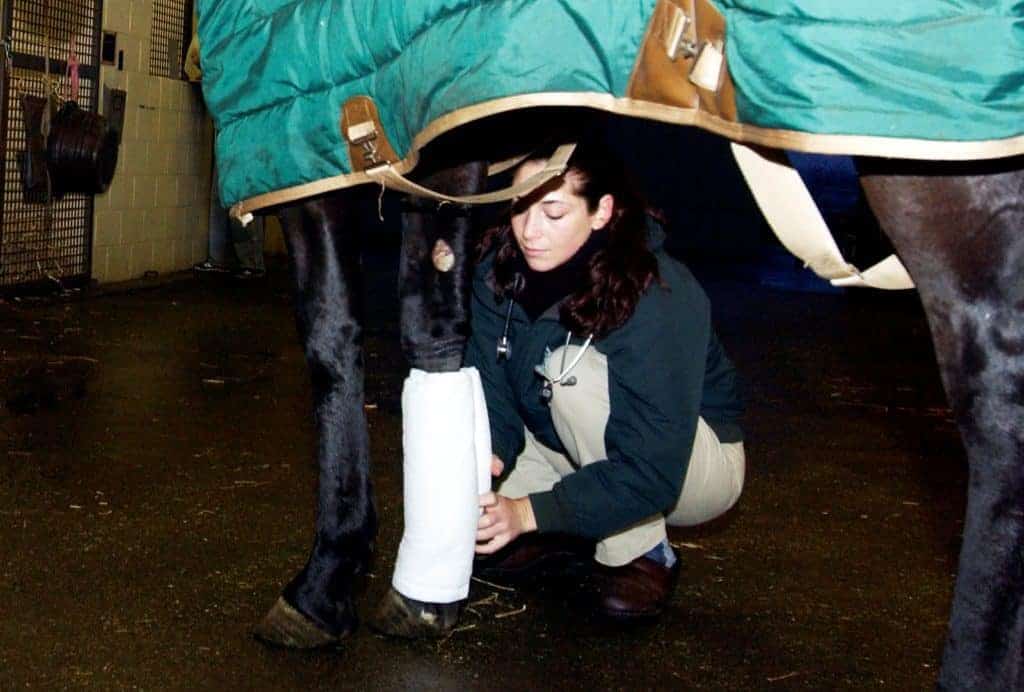
Managing Equine Eosinophilic Keratoconjunctivitis
Eosinophilic keratoconjunctivitis generally has severe clinical signs and requires prolonged treatment.

Eosinophilic keratoconjunctivitis generally has severe clinical signs and requires prolonged treatment.

A low-volume injection produces less upward diffusion than a high-volume injection, researchers concluded.

A combination of mesenchymal stem cells and gene therapy reduced osteoarthritis progression in one model.

Before you sign the papers for your new horse, have your veterinarian look the horse in the eye.

Short-term anesthesia for procedures lasting fewer than 20 minutes is common field work in equine medicine.

Although eyelid lacerations are common, they should be considered surgical emergencies.

How does a suspensory injury impact a racehorse’s performance? It depends on the severity of the injury.

Researchers found that NSAID administration reduced immune response in previously exposed and naive horses.

Carol Clark, DVM, Dipl. ACVIM, shares her picks for the top equine medicine studies of 2013.

Vets have made great strides in EMS diagnosis and management, but there’s still much work to be done.

One of the most common sites of catastrophic injuries in Thoroughbred racehorses is the fetlock.

Researchers are still working to fully understand what impact aging has on the equine immune system.

Vets can image the cecal mesentery to garner information that could lead to a lymphadenopathy diagnosis.

Researchers found that a surgical procedure intended to control cribbing is very effective.

Wounds treated with the SPF dressing had significantly decreased wound areas and granulation tissue scores.

EOTRH is a painful, recently identified condition that primarily affects horses’ incisors and canine teeth.
Stay on top of the most recent Horse Health news with
"*" indicates required fields